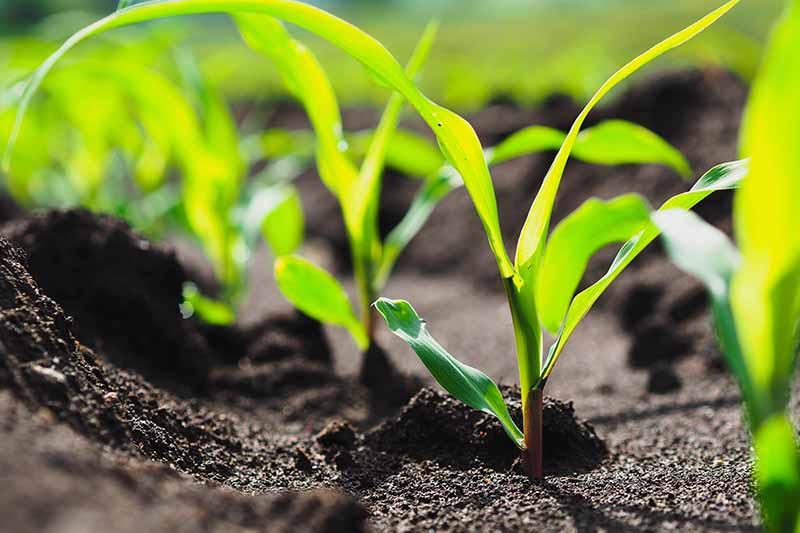

To this end, they planted seed (kernels) from ears that were the first to ripen on selected corn plants, located on the lowest part of the stalks in question. The New England tribes were eager to develop quick ripening varieties that would be suitable for their shorter growing season. Around 100 B.C., corn reached New England tribes through trade with these tribes. From this unpromising, barely edible specimen, modern corn was born.Īlthough the first crude corn crops, which took four months or longer to ripen, were grown around 9,000 years ago in their tropical habitat of Central America and southern Mexico, it took almost 8,000 years for corn to reach Indigenous tribes of the Southwest, and another thousand years until corn was being grown by tribes in the Mississippi Valley and the Southeast. Teosinte “ears” are only an inch long and contain a dozen tiny kernels enclosed in pods. Just as wild mustard bears only the most remote resemblance to broccoli, cauliflower, cabbage, and kohlrabi, crops that were derived from it with the help of intensive breeding and hybridization over hundreds if not thousands of years, teosinte, a wild and barely edible grass, was the ancestor of corn. Fertilize topically with more finished compost or a product recommended for vegetable crops when your plants reach 16 inches in height and again when they reach 36 inches. It could take the form of compost, straw, shredded newspaper, or a variety of other decomposing organic materials. After planting, apply two to three inches of mulch to the soil surface. Mix in bone meal and other organic fertilizer, following instructions on the bag(s). Layer two inches of finished compost, whether you make it yourself or buy it by the bag (a product such as Kellogg’s Amend is perfect for this) on the soil surface and work it into a depth equal to the length of your shovel blade, around six to eight inches. In order to hand-pollinate, cut off the tassels when they begin to shed pollen, which you then dust onto the silks.Ĭorn appreciates good soil drainage and is a heavy feeder. Each corn plant has both male flowers (tassels) and female flowers (silks) but they are separated on the plant, with the tassels sprouting at the top. To ensure pollination, however, especially if you plant in an enclosed area where not much wind blows, or if only a couple dozen plants are involved, you should probably hand pollinate, too. As long as the pollination periods of the various varieties do not overlap, there is no danger of producing inferior kernels. While the earliest varieties will produce just one ear per plant, later varieties will often yield two ears, especially when spacing is 12 inches or more, although you can plant as close as eight inches between plants. You can enjoy corn throughout summer and fall by planting early, mid-season, and late varieties now. Although corn is self-fertile, in small backyard plantings less than 5% of the kernels on any corn plant result from self-pollination, while the rest are the result of pollen that comes from another plant. With fewer rows, pollination may be less than 100% and some ears will be less than full. For this reason, it is advisable to plant at least four rows of corn so that the wind, regardless of which direction it blows, will pollinate the plants.

What corn plants share with fruit trees is a need for cross-pollination even if, in the case of corn, this is facilitated by the wind. It so happens that when two different corn varieties pollinate one another, the resulting kernels are starchy with a bland, insipid taste. Unlike fruit trees, however, where an orchard with more than one variety of apple, avocado, or apricot tree will result in larger harvests than if only one variety is planted, it is not a good idea to plant two different corn varieties that ripen at the same time.


 0 kommentar(er)
0 kommentar(er)
